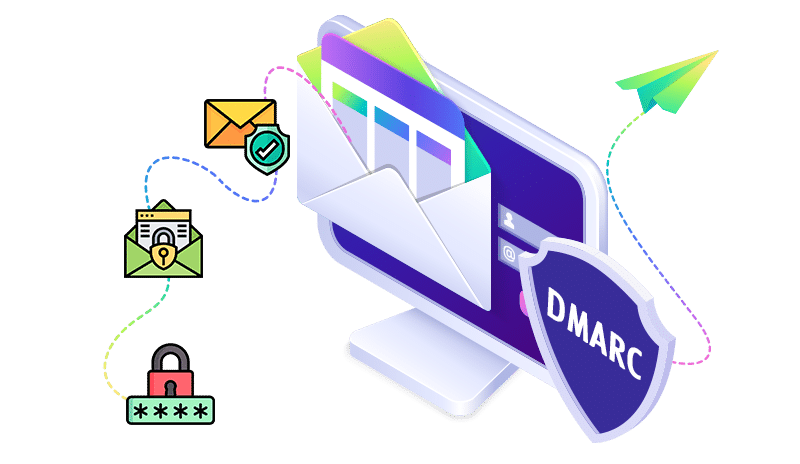Feature set
DMARCLytics offers a robust set of features across its tiers, beginning with detailed aggregate reports and basic DMARC, SPF, and DKIM checking. We found its data enrichment capabilities particularly useful, providing more context to authentication failures. For those needing advanced analysis, it includes features like threat maps and DMARC aggregate geomaps.
As we moved up the plans, additional functionality such as service tracking, a significant number of inbox placement tests, and hosted DMARC became available. The enterprise tier notably includes unlimited SPF and unlimited domains, making it quite scalable. The configurable alerts are also a strong point, allowing for precise notification management.
DMARC Monitor's feature set, based on our experience, centers primarily on core DMARC reporting. The free DMARC Report Plan provides essential DMARC reports and monitoring for SPF and DKIM authentication. This makes it a straightforward choice for those just starting with DMARC or managing a single, less complex domain.
While it covers the fundamental aspects of DMARC authentication and reporting, we found that advanced features such as hosted DMARC or extensive inbox placement testing are not explicitly highlighted or readily available in the same way as some competitors. It focuses on the basics, allowing users to keep an eye on their domain's email health without overwhelming them with data.











































 0 / 5(0)
0 / 5(0)
 0 / 5(0)
0 / 5(0)



